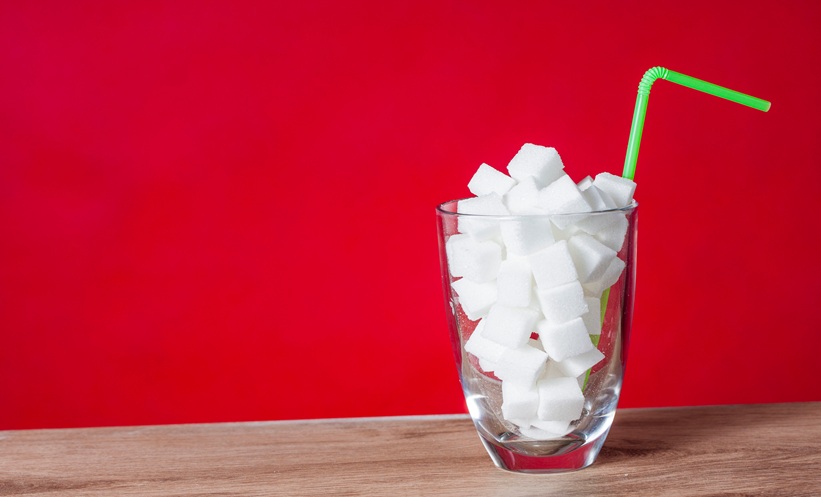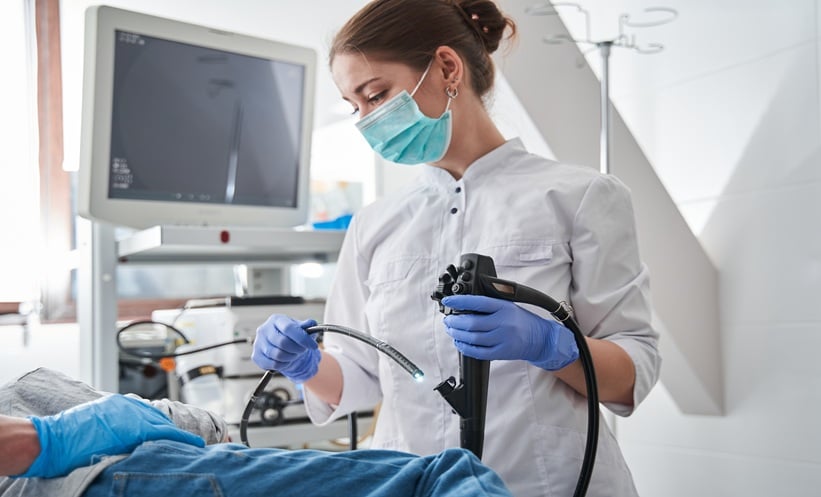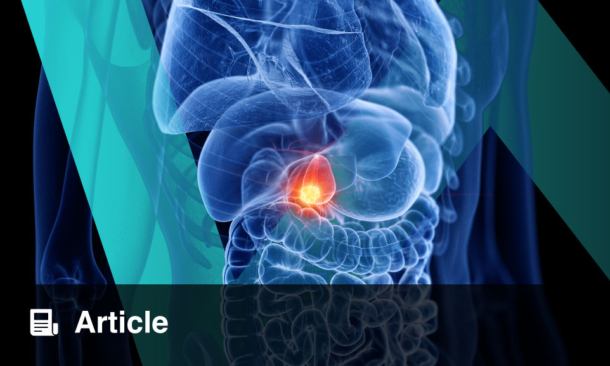A MAJOR new study presented at UEG Week 2025 in Berlin has found that both sugary and artificially sweetened drinks are associated with a higher risk of developing liver disease. The research, which analysed data from over 120,000 UK Biobank participants, links regular consumption of these beverages to an increased risk of metabolic dysfunction–associated steatotic liver disease (MASLD), the most common chronic liver condition worldwide.
Sugary and ‘diet’ drinks both raise risk
The study followed 123,788 adults without liver disease at baseline over a median period of 10.3 years. Participants reported their beverage intake through repeated 24-hour dietary questionnaires.
Those who consumed more than 250g per day (roughly one can) of low- or non-sugar-sweetened beverages (LNSSBs), commonly known as diet or artificially sweetened drinks, had a 60% higher risk of developing MASLD (hazard ratio [HR] 1.599). Meanwhile, high consumers of sugar-sweetened beverages (SSBs) had a 50% higher risk (HR 1.469).
Although both drink types were associated with increased liver fat accumulation, only LNSSB consumption was significantly linked to higher liver-related mortality. Over the follow-up period, 1,178 participants developed MASLD and 108 died from liver-related causes.
Water emerges as the healthiest choice
Lead author Lihe Liu explained that while sugary drinks have long been criticised, diet alternatives are often wrongly assumed to be safe. “Our study shows that LNSSBs were actually linked to a higher risk of MASLD, even at modest intake levels such as a single can per day,” Liu said. “These findings challenge the common perception that these drinks are harmless and highlight the need to reconsider their role in diet and liver health.”
The researchers suggested that SSBs promote liver fat through blood sugar spikes, insulin resistance, and weight gain, while LNSSBs may disrupt gut microbiota and appetite regulation, potentially triggering similar metabolic stress.
Encouragingly, replacing these beverages with water lowered MASLD risk by 12.8% for sugary drinks and 15.2% for diet drinks, while switching between the two showed no benefit. “The safest approach is to limit both sugar-sweetened and artificially sweetened drinks,” Liu concluded. “Water remains the best choice, it hydrates without burdening the liver.”
As MASLD continues to rise globally, the authors call for greater public health awareness and future research to clarify how sugars and sweeteners interact with the gut and liver.
Reference
Liu L et al. Sugar- and low/non-sugar-sweetened beverages and risks of metabolic dysfunction-associated steatotic liver disease and liver-related mortality: A prospective analysis of the UK Biobank. Abstract OP161. UEG Week 2025, 4-7th October 2025.








